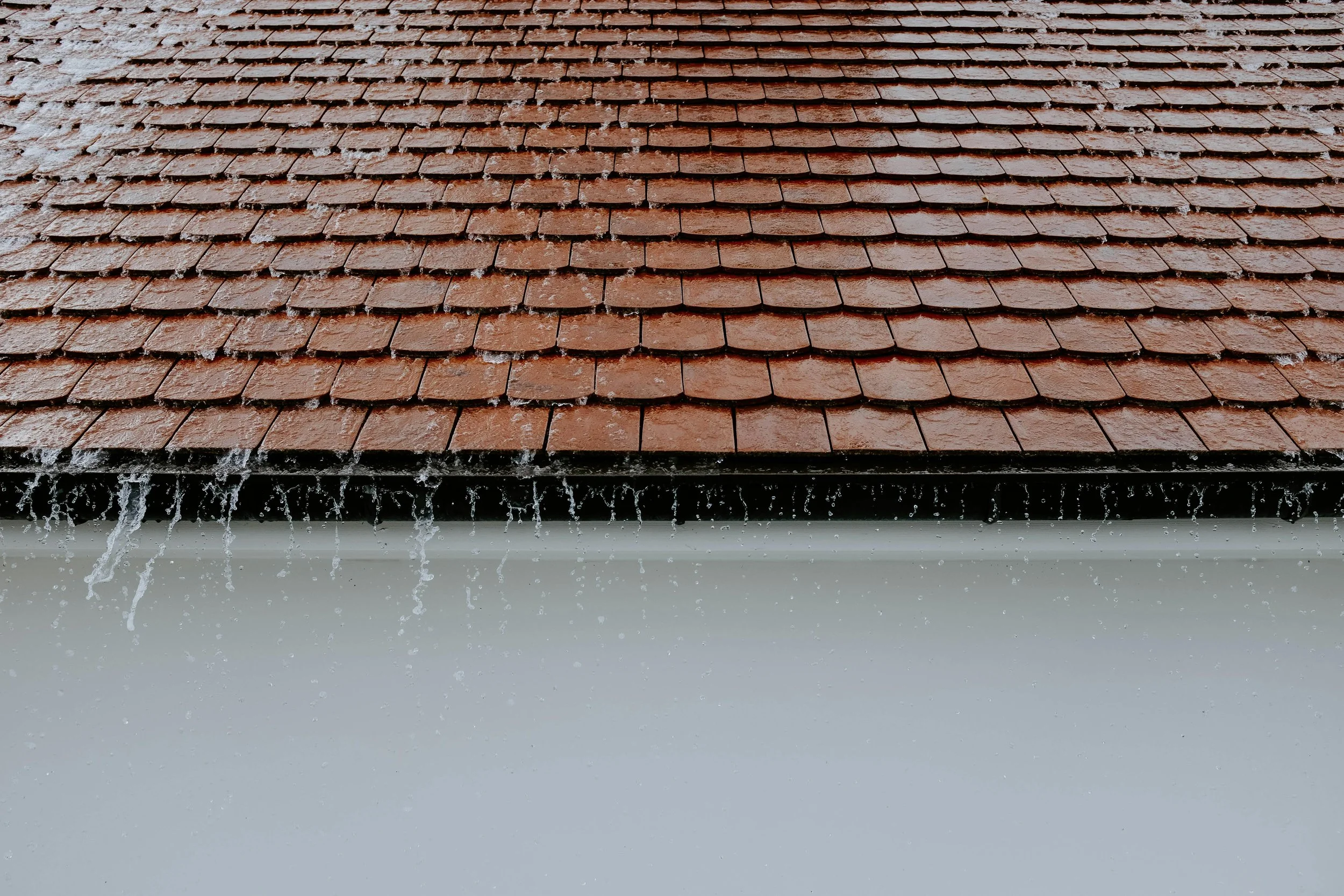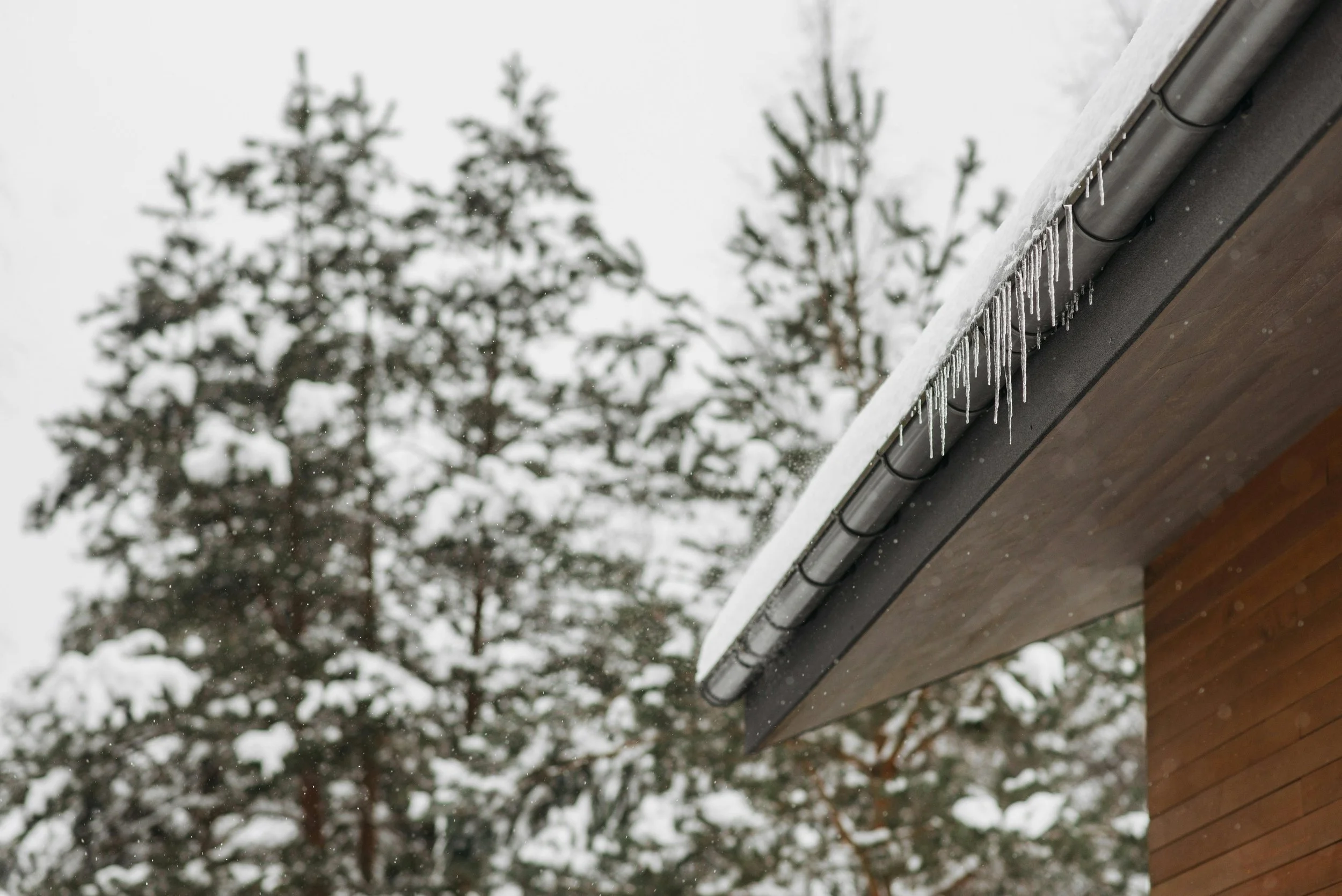Gutters might not be the most glamorous part of your home, but they quietly protect your property from serious water damage. When functioning properly, they direct rainwater away from your roof, siding, foundation, and landscaping. However, once issues start creeping in, the signs of gutter problems can escalate quickly. What starts as a minor inconvenience can snowball into expensive repairs if ignored.
In this guide, we’ll explore the most common and important signs of gutter problems, explain the risks of neglect, and highlight how routine care and professional help can keep your system working as it should.
Your Guide to Spotting Gutter Damage Early
The most common red flags that your gutters need attention
Why small issues can lead to big structural problems
Seasonal factors that affect gutter performance
How proper gutter maintenance prevents long-term damage
When it’s time to call a professional for inspection or cleaning
Why Gutter Problems Are Easy to Miss
Many homeowners don’t give their gutters much thought, until water starts overflowing, or worse, leaking into the basement. Unlike more visible parts of the home, gutters can deteriorate silently over time.
Leaves, debris, ice, and pests can all cause slow but steady harm. Because gutters are mounted high up, many issues go unnoticed until damage becomes severe. This makes early detection crucial.
Ignoring the early signs of gutter problems puts your entire home at risk. Water that should be diverted away ends up saturating your foundation, seeping into siding, or eroding your landscaping. In Minnesota especially, freeze-thaw cycles and heavy snowfalls add pressure to gutters and create even more opportunities for clogs, cracks, and breaks.
Recognizing the Warning Signs of Gutter Problems
Gutters are designed to quietly protect your home from water damage, which is why it’s so easy to overlook problems until they become costly. But spotting early signs of gutter trouble can make all the difference in avoiding foundation issues, interior leaks, or damaged landscaping.
Being able to identify problems before they escalate is the first step in preserving your home’s long-term health.
Below are ten key warning signs of gutter problems that every homeowner should watch for, especially during seasonal transitions.
1. Water Overflowing During Rain
If you see water spilling over the sides of your gutters during a rainstorm, it's a strong indication that something is wrong. Most often, this happens because of a blockage in the gutters or downspouts that prevents water from flowing freely. In some cases, the gutters may be too small for the amount of runoff your roof collects, especially during heavy rains.
When gutters overflow, water is no longer being safely diverted away from your home. Instead, it can pool around your foundation, seep into basement walls, or run down siding. It also erodes soil and mulch, damages nearby plants, and creates icy patches in colder months. Overflow is one of the most visible signs of gutter problems and should be addressed immediately.
2. Sagging Gutters
Gutters should sit level and flush with the roofline. If you notice any sections sagging or pulling away from the fascia, it likely means the gutter is overloaded. This sagging often results from the cumulative weight of wet debris, standing water, or snow and ice that hasn’t drained properly.
When gutters sag, water can’t flow toward the downspouts efficiently. Instead, it pools in the lowest points, increasing the risk of rust, corrosion, and eventually detachment. Over time, the fasteners may pull away completely, causing the gutter to collapse or hang precariously—posing both a safety hazard and a functional issue.
3. Visible Cracks or Holes
Cracks and holes in gutters, no matter how small, disrupt proper water flow. These openings allow water to leak directly onto your siding, windows, or foundation instead of traveling to the downspouts. In colder climates, water inside these cracks can freeze and expand, making the damage worse over time.
Often, cracks appear in seams, corners, or areas where fasteners have worked loose. Rust spots or streaks on the walls beneath your gutters are common indicators that hidden cracks or holes are letting water escape where it shouldn’t.
4. Peeling Paint or Rust Stains on Siding
Your home’s exterior should act as a protective barrier, but when water constantly flows where it shouldn’t, paint can start to bubble, peel, or flake. Similarly, rust-colored stains may appear on the siding beneath metal gutters, suggesting ongoing leakage.
These signs are easy to overlook or mistake for weathering or age, but they’re often early symptoms of a failing gutter system. If the problem persists, you may also see wood rot or discoloration behind the damaged paint.
5. Mildew, or Rot Around the Foundation
A properly functioning gutter system helps keep moisture away from the foundation. If that system is compromised, water can collect at the base of your home and seep into cracks or joints. This persistent dampness encourages mold growth, mildew, and even wood rot along the lower siding, deck boards, or porch trim.
In addition to being unsightly and potentially hazardous to health, foundation moisture can cause shifting, cracking, and long-term structural instability. This makes it one of the most serious consequences of neglected gutters.
6. Pooling Water Around the Base of Your Home
After a storm, check your home's perimeter. If you see puddles or pooling water near the foundation, it's a strong sign that water is not being properly directed by your gutter system. This problem often goes unnoticed unless you're specifically looking for it, but it's one of the clearest signs of gutter failure.
Standing water can damage your home’s exterior, attract insects, and lead to erosion or basement leaks. Over time, the weight and movement of water-saturated soil can even undermine the stability of your foundation.
7. Eroded Landscaping or Washed-Out Mulch
Your yard can also tell the story of gutter problems. If you find that mulch is frequently displaced, soil is washed away, or roots are becoming exposed near the base of your home, it’s likely due to uncontrolled runoff from overflowing gutters.
These symptoms aren’t just cosmetic. Unmanaged water flow can ruin carefully planned landscaping, promote plant disease, and even cause root rot in shrubs or trees planted too close to the home.
8. Ice Dams Forming in Winter
Ice dams are a familiar problem in colder regions. They form when snow melts off a warm roof, then refreezes at the eaves, creating a ridge of ice that blocks proper drainage. While not always caused directly by gutter problems, clogged or poorly insulated gutters can make ice dams much worse.
Once formed, ice dams trap water on your roof, forcing it beneath shingles or into attic spaces. They also add significant weight to the gutter system, risking detachment or sagging and increasing the chance of interior water damage.
9. Unexplained Pests or Nesting Material
If you’re noticing birds, squirrels, or insects frequenting your roofline, or spotting twigs, leaves, or nesting material sticking out of your gutters, there’s likely a blockage forming. Clogged gutters make an ideal environment for small animals to build nests, especially when moisture and debris collect.
These infestations can cause gutter obstructions and lead to further complications, including insect damage to wood structures or compromised insulation in your attic.
10. Separation Between Gutters and Roofline
Gutters should be securely fastened to the fascia board beneath your roofline. When you begin to see gaps between the gutter and the roof edge, or entire sections pulling away, it’s a sign of mechanical failure or long-term neglect.
This misalignment allows water to flow behind the gutter rather than through it, which can rot fascia boards, soak interior walls, and cause water stains on ceilings or soffits. Once separation begins, the problem typically worsens quickly without prompt repair.
Why You Shouldn’t Wait to Address These Issues
The longer you ignore signs of gutter problems, the worse the outcome will be. Gutters are one of the first lines of defense against moisture-related damage, and once that line fails, the ripple effects touch almost every part of your home.
Water intrusion can ruin insulation, create hazardous mold, weaken your foundation, and damage structural framing. Repairing any one of these problems costs significantly more than maintaining clean, functional gutters in the first place.
The Role of Seasonal Factors in Gutter Damage
Minnesota homes face extra pressure from seasonal changes. In the fall, leaves and debris fill gutters quickly. Winter brings snow and ice that can freeze inside downspouts and weigh down the system. Spring thaw and rain add another layer of moisture stress.
Each season creates a different set of challenges, which is why gutter maintenance must be a year-round priority.
How Gutter Maintenance Can Prevent Larger Issues
Routine gutter maintenance is one of the easiest and most cost-effective ways to protect your home from damage. Cleaning out leaves and debris allows water to flow freely, while inspections help catch cracks, sagging, or corrosion before they become severe.
In some cases, maintenance may involve resealing joints, tightening hardware, or adjusting pitch. In others, it may reveal the need for a professional inspection or repair.
Professional services, like a qualified gutter cleaner in Minneapolis, offer both convenience and peace of mind. They have the tools and expertise to safely clean, inspect, and repair gutters while identifying risks homeowners might overlook.
Keeping Your Gutters on Schedule: How Often Is Enough?
Routine maintenance is the most effective way to extend the life of your gutters and avoid costly repairs. While every home may have slightly different needs based on roof size, nearby trees, or local weather, sticking to a consistent care schedule ensures small issues don’t become major problems. Below is a breakdown of key gutter maintenance tasks, how often they should be performed, and why each one matters.
Gutter Cleaning – Twice per year (spring and fall)
Removing leaves, twigs, seed pods, and other debris helps prevent clogs that cause water to overflow. Spring-cleaning clears out winter buildup and prepares your gutters for summer storms, while fall cleaning addresses leaf accumulation before freezing temperatures set in.
Downspout Inspection – Twice per year or after heavy storms
Downspouts are essential for moving water away from your home’s foundation. Check that they are clear of blockages and securely attached. After major rainfalls or windstorms, inspect for dislodged sections or debris buildup.
Visual Inspection for Damage – Every season
Walk around your home each season to look for visible signs of trouble such as sagging, cracking, rust, or misaligned sections. Spotting damage early allows for quick repairs that can prevent more serious water intrusion or structural wear.
Ice Dam Monitoring – During winter months
Ice dams form when melting snow refreezes at the roof edge. This not only adds weight to the gutters but also traps water against the roof. Monitor for icicle formation and ice buildup regularly throughout the winter. If needed, take steps to improve insulation and ventilation.
Hardware and Fastener Check – Once per year
Screws, hangers, and brackets can loosen over time due to weather, movement, or age. A yearly check ensures that gutters remain securely attached to the fascia and can handle the weight of rainwater or snow without pulling away.
Professional Inspection – Annually or as needed
A yearly visit from a gutter professional ensures no issues are missed. They can inspect hard-to-reach areas, test water flow, assess slope and alignment, and recommend preventative repairs. If your home has had issues in the past, or you live in a heavily wooded area, consider more frequent inspections.
Following this routine will help keep your gutters functioning efficiently in every season.
Final Thoughts on Protecting Your Home
As outlined above, signs of gutter problems often start off easy to overlook, such as minor sagging, water spilling over the edge during rain, or areas of flaking paint. However, if these early warnings are ignored, they can quickly lead to more serious and expensive damage.
Staying proactive through regular inspections and prompt attention to issues can go a long way in protecting your home’s foundation, exterior, and overall structural integrity.



